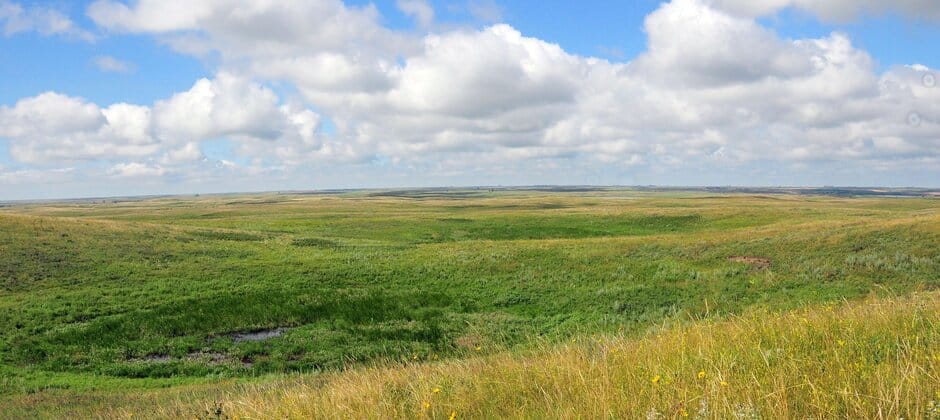Share this article
North American Grasslands Conservation Act introduced
The North American Grasslands Conservation Act, recently introduced in the U.S. Senate, would encourage and support partnerships with landowners to conserve and restore America’s native grasslands.
The bill, which was modeled after the successful North American Wetlands Conservation Act, would create a landowner-driven, incentive-based program to conserve grassland ecosystems by establishing national and regional grassland conservation councils and funding grasslands pilot studies. The proposal also calls for the development of a National Grasslands Conservation Strategy, which would draw on existing conservation plans and identify key conservation and restoration areas of grasslands.
Overall, the bill would authorize over $300 million each year to support implementation of projects to conserve or restore grasslands. Part of this funding would go toward establishment of a competitive grant program for projects that support voluntary grasslands conservation projects, including establishing easements, performing management activities such as prescribed burns, and managing invasive species.
Grasslands and sagebrush habitats are among our most threatened ecosystems with over 50 million acres lost in just the last decade through conversion to croplands or development, or fragmentation by invasive species. These ecosystems provide critical wildlife habitat, for a range of species, including pronghorn (Antilocapra americana), elk (Cervus canadensis), and bobwhite quail (Colinus virginianus).
Header Image: The North American Grasslands Conservation Act would support the conservation and restoration of grassland and sagebrush ecosystems across the United States. Credit: USFWS Mountain and Prairie








